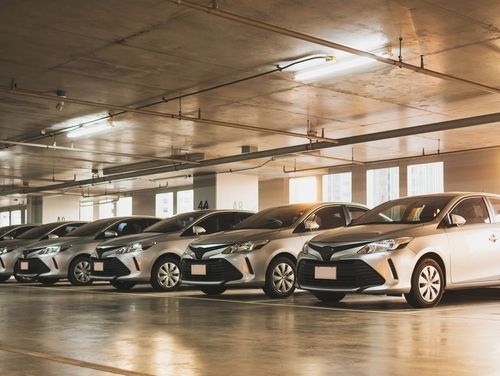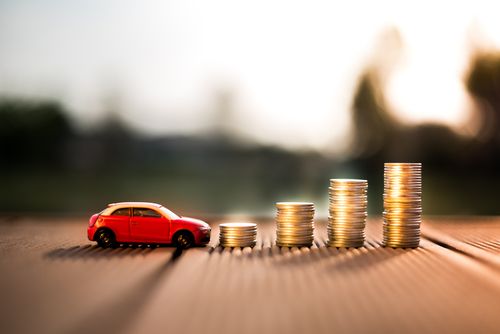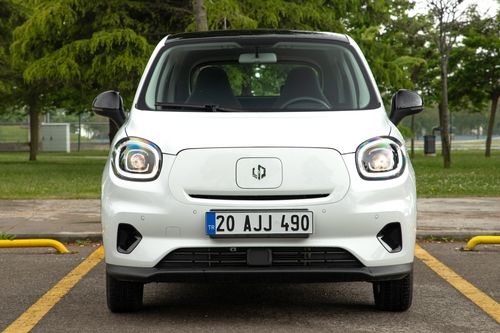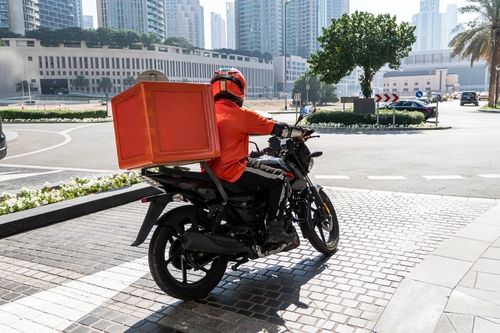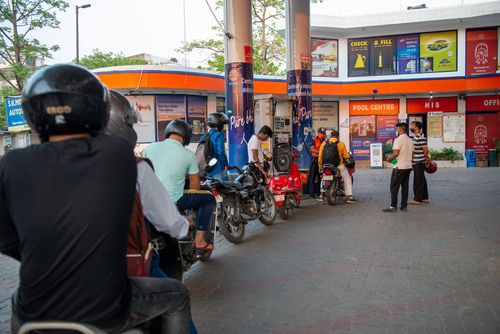What is NCB in Two-Wheeler Insurance? A Complete Guide for Indian Riders
Written by Upstox Desk
Published on July 24, 2025 | 5 min read

What is NCB in Two-Wheeler Insurance? A Complete Guide for Indian Riders
If you are a two-wheeler owner in India, you assume a greater degree of risk while travelling from one part to another. This is due to the inherent nature of a two-wheeler, which results in a higher probability of accidents and bodily damage compared to using a car. However, if you are a safe driver who follows all traffic rules and remains claim-free over a period, you are rewarded with NCB (No Claims Bonus) by your insurer.
NCB is an incentive provided by insurance providers to policyholders for not making any claims during the policy term. It is a discount on the renewal premium when you renew your two-wheeler insurance.
In this blog, we will explore what NCB is, how it functions in India, how much you can save, and how to maximise its benefits.
What is No Claim Bonus (NCB)?
No Claim Bonus (NCB) is a reward given by insurance companies to policyholders for not making any claim within the period of the policy. This bonus is applied as a reduction in the premium amount at the time of policy renewal.
It is only available to the own-damage (OD) part of the policy, not the compulsory third-party component.
For instance, say you had a comprehensive two-wheeler policy and made no claims for the year. Here, you are liable for a discount on your next year's OD premium, courtesy of NCB.
How Does NCB Work in India?
NCB accumulates on a year-to-year basis and rises with every year of no claims. The discount begins at 20% and increases to a maximum of 50% for five consecutive years with no claims.
The following is the NCB slab according to IRDAI (Insurance Regulatory and Development Authority of India) guidelines:
No Claim Bonus (NCB) Discount Based on Claim-Free Years
| Claim-Free Years | NCB Discount (%) |
|---|---|
| After 1st year | 20% |
| After 2nd year | 25% |
| After 3rd year | 35% |
| After 4th year | 45% |
| After 5th year | 50% |
Assume your own-damage premium is ₹2,000. Assuming you have five consecutive claim-free years, you receive a 50% discount, and your premium drops to ₹1,000.
Major Features of NCB in Bike Insurance
Reward for Safe Riding
It rewards safe driving and cautious handling of your vehicle.
Applies Only to Own-Damage Cover
It is not applicable to third-party insurance.
Policyholder-Specific
NCB is policyholder-specific, not vehicle-specific. You can keep NCB while changing bikes
Transferable
You can transfer your NCB to a different insurer or when purchasing a new bike.
Valid Even After Insurer Change
IRDAI enables hassle-free portability of NCB from one insurer to another with valid evidence.
Lost Upon Claim
If you make even one claim during the policy period, you stand to lose the accumulated NCB.
When Do You Lose NCB?
NCB is lost under the following scenarios:
-
If you claim the policy term, no matter how small.
-
If you don't renew your policy within 90 days of expiry. Post that, NCB is void.
-
If the policy expires and you purchase a new policy without retaining NCB.
Even if you've earned a 50% NCB in five years, one claim or missed renewal can bring the discount back to zero.
How to Preserve NCB When Changing Bike or Insurer
NCB is linked with you, not your bike. Therefore, if you sell the old two-wheeler and buy a new one, you can save your NCB. Likewise, if you change insurers, your NCB is valid.
Steps to preserve NCB:
-
Ask for an NCB Certificate from your previous insurer.
-
Provide the certificate to your new insurer or while purchasing insurance on your new bike.
-
NCB will be levied on the OD premium of your new policy in due course.
*Note: A few insurers provide NCB retention cover as an add-on, and you can keep NCB even after a single claim.
NCB Add-On Cover: What is it?
Certain insurers in India provide a NCB Protection Add-On, wherein you can keep your earned NCB even after you make one or two claims within the policy term.
Conditions may include:
-
Limited number of claims (usually 1–2 per year)
-
The bike should not be totally damaged or stolen
-
The add-on is applicable only with a comprehensive policy.
It’s particularly useful for riders who’ve built up a high NCB percentage over the years and want to protect it from unexpected small claims.
Importance of NCB for Indian Two-Wheeler Owners
Conclusion
No Claim Bonus (NCB) is one of the most intelligent ways Indian two-wheeler buyers can save money on their insurance premium while getting a reward for safe riding. Not only does it lower your cost of ownership, but it also encourages you against making frivolous claims. Whether you commute daily in city traffic or occasionally in rural conditions, having a claim-free record ensures that your premium decreases while your cover remains unchanged.
Before your next insurance renewal date, be sure to determine how much NCB you are entitled to and allocate your resources wisely for your claim strategy. It might save you a big sum over the years.
FAQs
Is NCB available for third-party two-wheeler insurance policies?
No, NCB applies only to the own-damage (OD) component of two-wheeler insurance.
Can I transfer NCB to a new two-wheeler?
If you buy a new two-wheeler, you can transfer your accumulated NCB by providing your old policy documents and obtaining an NCB retention certificate from your previous insurer.
What happens to my NCB if I miss my policy renewal?
If you fail to renew your bike insurance within 90 days of expiry, your accumulated NCB will lapse and cannot be claimed later. Always renew your policy on time to protect your NCB benefits.
Can I claim insurance and still retain my NCB?
Only if you have purchased an NCB Protection Add-On; otherwise, even a single claim will reset your NCB to zero.
How can I check my current NCB status?
You can check your NCB in your policy renewal document or contact your insurer directly for an NCB certificate.
About Author
Upstox Desk
Upstox Desk
Team of expert writers dedicated to providing insightful and comprehensive coverage on stock markets, economic trends, commodities, business developments, and personal finance. With a passion for delivering valuable information, the team strives to keep readers informed about the latest trends and developments in the financial world.
Read more from UpstoxUpstox is a leading Indian financial services company that offers online trading and investment services in stocks, commodities, currencies, mutual funds, and more. Founded in 2009 and headquartered in Mumbai, Upstox is backed by prominent investors including Ratan Tata, Tiger Global, and Kalaari Capital. It operates under RKSV Securities and is registered with SEBI, NSE, BSE, and other regulatory bodies, ensuring secure and compliant trading experiences.


















